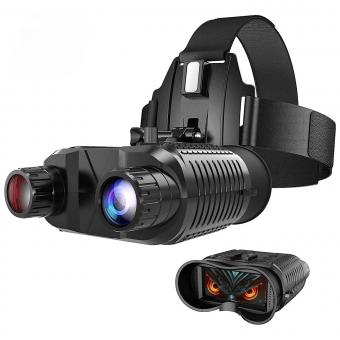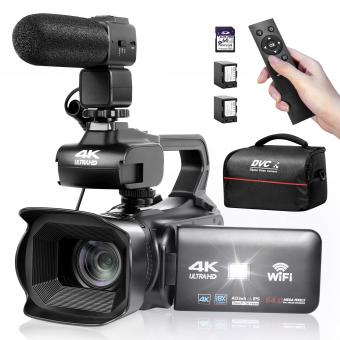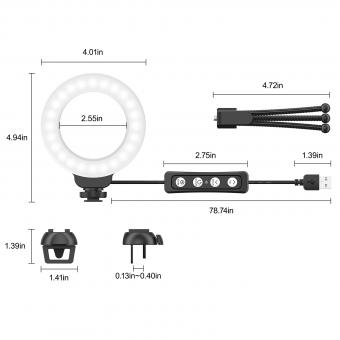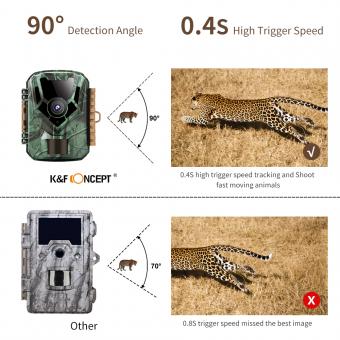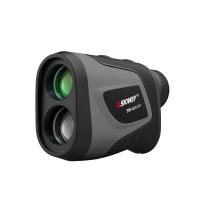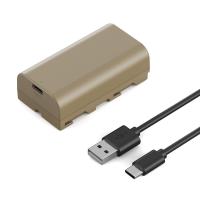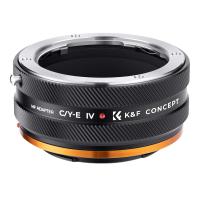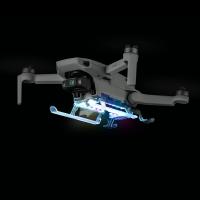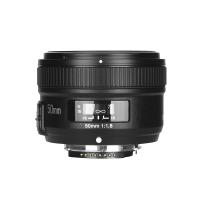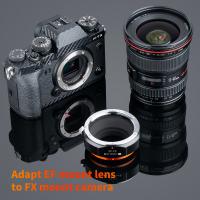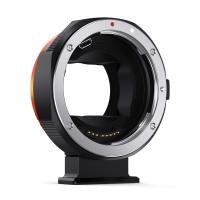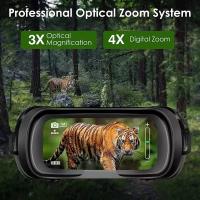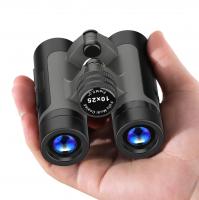Can A Normal Camcorder See Infrared Light ?
No, a normal camcorder cannot see infrared light. Infrared light is outside the visible spectrum and cannot be detected by the sensors in a regular camcorder.
1、 Infrared Spectrum: Exploring the electromagnetic spectrum beyond visible light.
A normal camcorder cannot see infrared light. Infrared light falls outside the range of the visible light spectrum, which is what a normal camcorder is designed to capture. The visible light spectrum ranges from approximately 400 to 700 nanometers, while infrared light has wavelengths longer than 700 nanometers.
Infrared light is a form of electromagnetic radiation that is not visible to the human eye. However, there are specialized cameras and camcorders that are designed to capture infrared light. These devices have sensors that are sensitive to infrared wavelengths and can convert them into visible images or videos.
Infrared cameras are commonly used in various fields such as surveillance, night vision, and scientific research. They can detect heat signatures and capture images in low-light conditions where visible light is limited. Infrared imaging has also found applications in medical imaging, where it can be used to detect abnormalities in the body.
It is worth noting that some consumer-grade digital cameras can capture a limited range of infrared light. This is because the sensors used in these cameras are sensitive to a broader range of wavelengths, including some infrared light. However, the images captured by these cameras may not be as clear or accurate as those captured by specialized infrared cameras.
In conclusion, while a normal camcorder cannot see infrared light, there are specialized cameras and camcorders that can capture and visualize the infrared spectrum. These devices have sensors designed to detect infrared wavelengths and are used in various fields for specific applications.
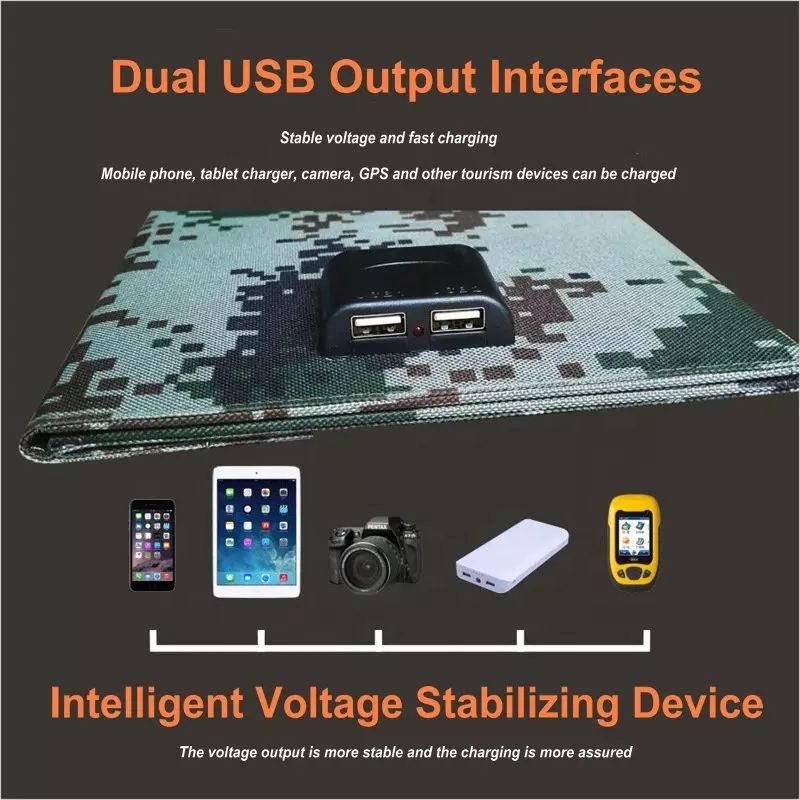
2、 Infrared Photography: Utilizing infrared light to capture unique images.
A normal camcorder cannot see infrared light without modifications or special features. Infrared light falls outside the visible spectrum, which is the range of light that the human eye can perceive. However, with the use of infrared filters or modifications, it is possible to capture infrared images or videos using a regular camcorder.
Infrared photography has gained popularity in recent years due to its ability to capture unique and ethereal images. By blocking out visible light and allowing only infrared light to pass through, infrared filters enable the camera to capture the invisible infrared radiation emitted by objects. This results in a distinct and surreal appearance, with foliage appearing white or light-colored, and the sky taking on a dark and dramatic tone.
Some camcorders and digital cameras have built-in infrared filters that allow users to experiment with infrared photography without the need for external modifications. These cameras are often referred to as "full-spectrum" or "infrared-enabled" cameras. They can capture both visible and infrared light, providing photographers with more flexibility and creative possibilities.
It is worth noting that not all camcorders or digital cameras are capable of capturing infrared light, even with modifications or filters. Therefore, if you are interested in exploring infrared photography, it is essential to research and choose a camera that is specifically designed or modified for this purpose.
In conclusion, while a normal camcorder cannot see infrared light, it is possible to capture infrared images or videos by using infrared filters or modifications. Infrared photography offers a unique and artistic perspective, allowing photographers to explore a hidden world of light beyond what the human eye can perceive.
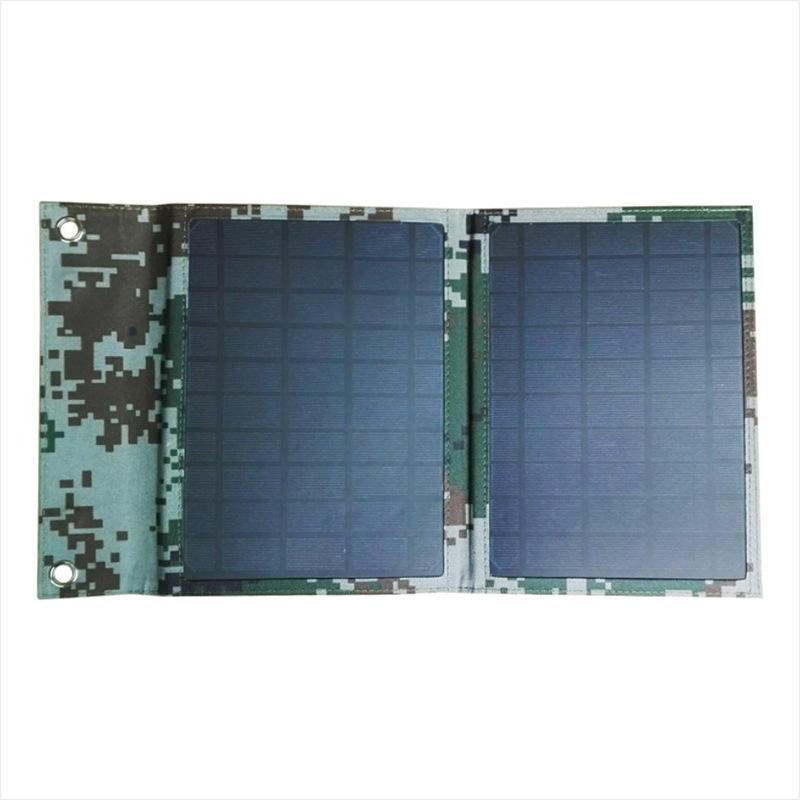
3、 Infrared Technology: Applications and advancements in infrared imaging and sensing.
A normal camcorder cannot see infrared light. Infrared light falls outside the visible spectrum, which is the range of light that the human eye can perceive. However, specialized infrared cameras and sensors have been developed to capture and detect infrared radiation.
Infrared technology has found numerous applications in various fields. Infrared imaging is widely used in night vision systems, allowing for enhanced visibility in low-light conditions. It is also utilized in thermal imaging, which can detect differences in temperature and is used in industries such as firefighting, electrical inspections, and medical diagnostics.
Advancements in infrared technology have led to the development of more compact and affordable infrared cameras. These cameras can now be found in smartphones, allowing users to capture images and videos in the infrared spectrum. Additionally, infrared sensors are being integrated into smart home devices for security and energy efficiency purposes.
In recent years, there have been advancements in infrared imaging and sensing techniques. Researchers are exploring new materials and technologies to improve the sensitivity and resolution of infrared cameras. This includes the development of quantum dot infrared detectors, which offer high-performance imaging capabilities.
Furthermore, there is ongoing research in the field of hyperspectral imaging, which combines infrared imaging with spectroscopy. This technology can provide detailed information about the chemical composition of objects, opening up new possibilities in areas such as agriculture, environmental monitoring, and food safety.
In conclusion, while a normal camcorder cannot see infrared light, specialized infrared cameras and sensors have revolutionized various industries. Advancements in infrared technology continue to expand its applications and improve the capabilities of infrared imaging and sensing systems.
4、 Infrared Vision: Understanding how certain animals perceive infrared light.
A normal camcorder cannot see infrared light. Infrared light falls outside the visible spectrum of light that the human eye can perceive, and therefore, regular camcorders are not equipped to capture or detect it. However, there are specialized cameras called infrared cameras or thermal imaging cameras that can detect and capture infrared light.
Infrared cameras work by using sensors that are sensitive to infrared radiation. These cameras can detect the heat emitted by objects and convert it into an image that is visible to humans. This technology has various applications, including night vision, surveillance, and medical imaging.
In contrast, animals such as snakes, certain insects, and some mammals have the ability to perceive infrared light naturally. This is known as infrared vision. These animals have specialized organs or structures that can detect and interpret infrared radiation. For example, pit vipers have heat-sensing pits on their faces, which allow them to detect the body heat of their prey.
In recent years, there have been advancements in technology that aim to mimic the natural infrared vision of animals. Scientists and engineers are developing cameras and sensors that can detect and visualize infrared light in a way that is closer to how animals perceive it. These advancements have the potential to enhance various fields, including security, search and rescue operations, and even medical diagnostics.
In conclusion, while a normal camcorder cannot see infrared light, there are specialized cameras and sensors that can detect and capture it. Additionally, animals such as snakes and insects have the natural ability to perceive infrared light, which has inspired advancements in technology to replicate this ability in cameras and sensors.



